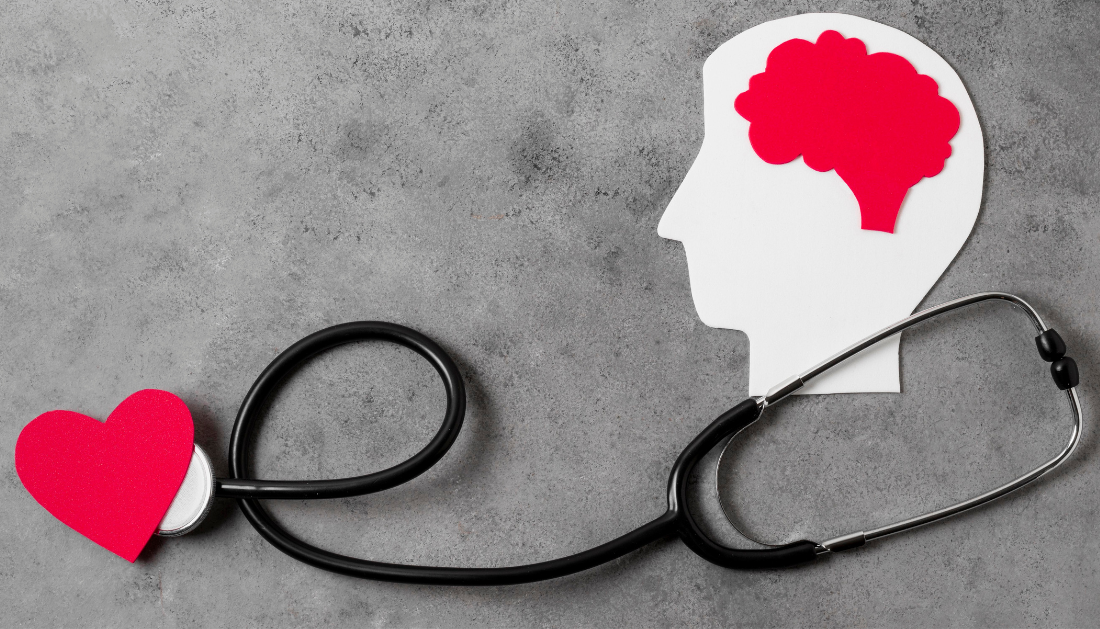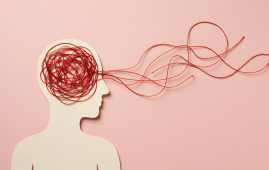

“Our goal was to figure out how to harness TMS treatment more effectively, get the dosing right, by selectively slowing down the heart rate and identifying the individual best spot to stimulate on the brain,” cited senior author Shan Siddiqi, MD, of the Center for Brain Circuit Therapeutics and Brigham’s Department of Psychiatry. According to Siddiqi, the concept came about as a result of Dutch researchers presenting heart-brain coupling results at a conference in Croatia.
“They showed that not only can TMS transiently lower the heart rate, but it matters where you stimulate,” Shan Siddiqi, MD, senior author of the study from the Center for Brain Circuit Therapeutics and the Brigham’s Department of Psychiatry, stated. According to Siddiqi, the concept originated at a symposium in Croatia when academics from the Netherlands were showcasing their heart-brain connection findings.
“They showed that not only can TMS transiently lower the heart rate, but it matters where you stimulate,” The possibility of making this precision-focused treatment for depression more accessible to the rest of the globe is what excites Siddiqi the most about the study, he continued.
“We have so many things we can do with advanced technology available here in Boston to help people with their symptoms,” he said. “But some of those things couldn’t easily get to the rest of the world before.”
“We wanted to see if there would be mostly heart-brain coupling in the connected areas,” Dijkstra said. “For 12 out of 14 usable data sets, we found we would have a very high accuracy of defining an area that is connected by just measuring heart rate during brain stimulation.”
According to Dijkstra, the discovery may aid in the customization of TMS therapy for the treatment of depression by identifying a specific treatment location on the brain and facilitating its accessibility as an MRI would not be required before treatment.
According to Siddiqi, the results of this study could also be utilized in the development of therapies that emergency physicians and cardiologists would find helpful in the future.
The study’s small sample size and the fact that not every region of the brain was stimulated are two of its limitations.
Finding the areas of the brain to activate to improve the consistency of heart rate fluctuations will be the team’s next task.
For more information: Probing prefrontal-sgACC connectivity using TMS-induced heart-brain coupling, Nature Mental Health, https://doi.org/10.1038/s44220-024-00248-8
more recommended stories
 E-Cigarette Use and Heart Attack Risk in Former Smokers
E-Cigarette Use and Heart Attack Risk in Former SmokersKey Takeaways for Clinicians and Nurses.
 High-Intensity Training and Oxidative Stress Insights
High-Intensity Training and Oxidative Stress InsightsNew Evidence Linking High-Intensity Training and.
 36-Week Pre-eclampsia Screening May Reduce Term Risk
36-Week Pre-eclampsia Screening May Reduce Term RiskA New Preventive Strategy for Term.
 Cardiovascular Risk and Sudden Cardiac Death in Diabetes
Cardiovascular Risk and Sudden Cardiac Death in DiabetesRising Sudden Cardiac Death (SCD) Risk.
 Poor Kidney Function and Alzheimer’s Biomarkers Explained
Poor Kidney Function and Alzheimer’s Biomarkers ExplainedPoor kidney function may influence levels.
 Perinatal Mental Health Challenges Highlighted in New Study
Perinatal Mental Health Challenges Highlighted in New StudyMental Health Challenges in New Parents:.
 Walking Speed Before Hip Replacement Predicts Recovery
Walking Speed Before Hip Replacement Predicts RecoveryNew Evidence Points to a Simple,.
 Neuroblastoma Drug Combo Extends Survival in Models
Neuroblastoma Drug Combo Extends Survival in ModelsA Promising Shift in High-Risk Neuroblastoma.
 How Soybean Oil Impacts Weight Gain and Metabolism
How Soybean Oil Impacts Weight Gain and MetabolismWhy Soybean Oil May Affect Metabolism.
 Coffee and Cognitive Function: Evidence Review
Coffee and Cognitive Function: Evidence ReviewA new narrative review in Cureus.

Leave a Comment